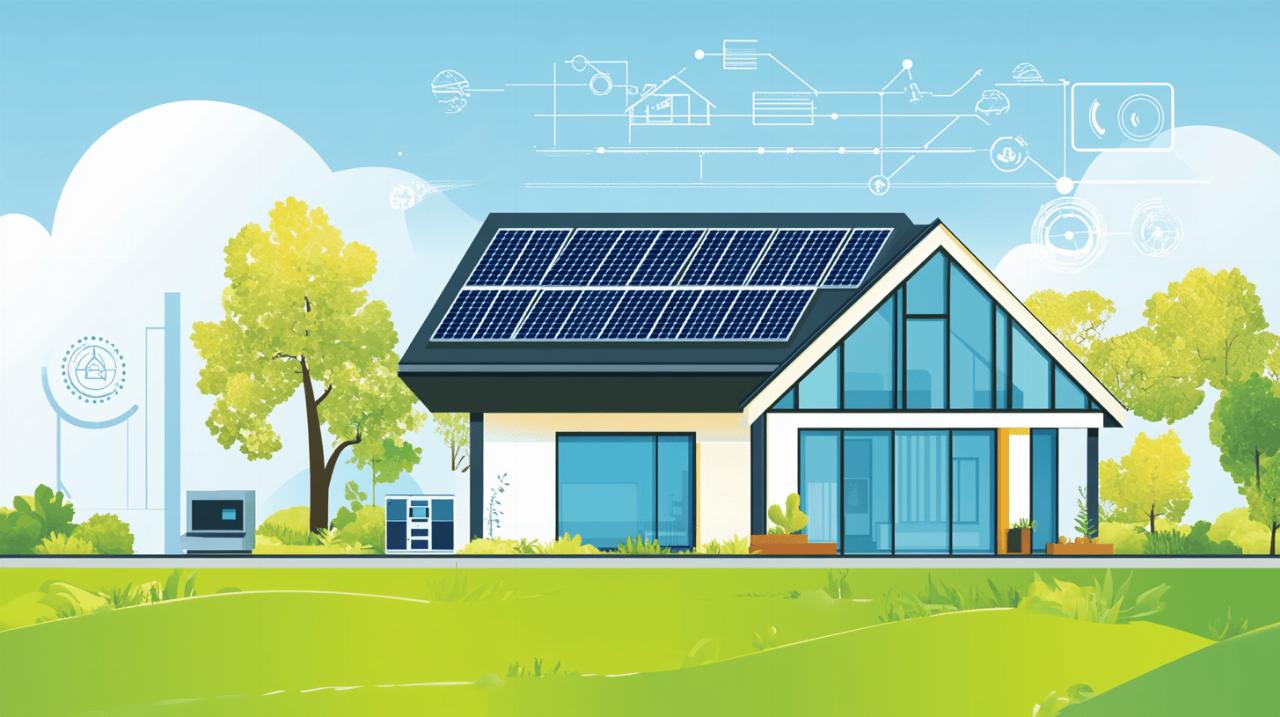Energy efficiency has become a crucial consideration for homeowners looking to reduce their carbon footprint and save money on utility bills. With rising energy costs and growing environmental concerns, implementing energy-efficient improvements in your home isn’t just good for the planet—it’s beneficial for your wallet too. These practical upgrades can significantly reduce your household’s energy consumption while enhancing comfort and property value. Let’s explore some essential strategies that can transform your living space into a more sustainable and cost-effective environment.
Understanding home insulation options
Proper insulation serves as the foundation of an energy-efficient home. Before considering other improvements, addressing your home’s insulation can yield substantial returns on investment. Many UK homeowners are surprised to learn that a well-insulated home can reduce heating costs by up to 50%. For comprehensive guidance on making the most effective insulation choices, resources like https://www.kamerolli.it/ offer valuable insights into current best practices and materials.
Loft and cavity wall insulation benefits
Loft insulation represents one of the most cost-effective energy improvement measures available to homeowners. Installing adequate loft insulation can save approximately £445 per year for a detached house, with the insulation typically paying for itself within just a few years. Similarly impressive, cavity wall insulation can deliver annual savings of around £485 for larger properties, with installation costs typically recovered through energy bill reductions within five years. These substantial savings occur because properly insulated lofts and walls prevent warm air from escaping during winter months and help maintain cooler temperatures during summer.
Modern insulation materials comparison
The insulation market has evolved significantly in recent years, with numerous advanced materials now available to homeowners. Traditional options like mineral wool remain popular due to their affordability and reasonable performance, but newer alternatives offer enhanced benefits. Spray foam insulation provides superior air-sealing capabilities and higher thermal resistance values, though at a higher initial cost. Sheep’s wool insulation offers an eco-friendly alternative with excellent moisture management properties. Rigid foam boards deliver exceptional thermal performance in limited spaces, making them ideal for rooms with restricted depth for insulation. When selecting insulation materials, homeowners should consider not only thermal performance but also factors such as moisture resistance, fire safety ratings, and environmental impact.
Window upgrades for better thermal performance

Windows typically account for 25-30% of residential heat loss, making them critical components in your home’s thermal envelope. Upgrading from single-glazed windows to energy-efficient alternatives can dramatically improve comfort while reducing heating demands. Modern window technologies incorporate features such as low-emissivity coatings that reflect heat back into rooms and specialized gas fills between panes that minimize heat transfer, significantly outperforming older window designs.
Double and triple glazing considerations
Installing A-rated double glazing represents a substantial investment that delivers compelling returns, saving approximately £140 annually in Great Britain and £160 in Northern Ireland on energy bills. Triple glazing takes performance even further, offering superior thermal and acoustic insulation, particularly valuable for properties in noisy areas or extremely cold climates. When evaluating glazing options, homeowners should consider the window frame material as well as the glass specification. uPVC frames provide good insulation at moderate cost, while wooden frames offer aesthetic appeal with decent thermal performance. Aluminum frames with thermal breaks combine strength with improved energy efficiency compared to older aluminum windows. The optimal choice depends on your budget, property style, and specific performance requirements.
Draught-proofing existing windows cost-effectively
For homeowners working with limited budgets, comprehensive draught-proofing measures offer an excellent return on investment without requiring full window replacement. Professional draught-proofing of windows, doors, floors and skirting boards typically costs around £250 but can save approximately £85 annually in Great Britain and £95 in Northern Ireland. DIY options include applying self-adhesive foam strips around window frames, using silicone sealants to fill gaps, and installing brush strips on doors. Secondary glazing systems that add an additional layer of glass or acrylic to existing windows provide another cost-effective alternative, delivering many benefits of full replacement at a fraction of the cost. Heavy curtains with thermal linings also significantly reduce heat loss through windows during colder months, enhancing comfort while reducing energy demands.

